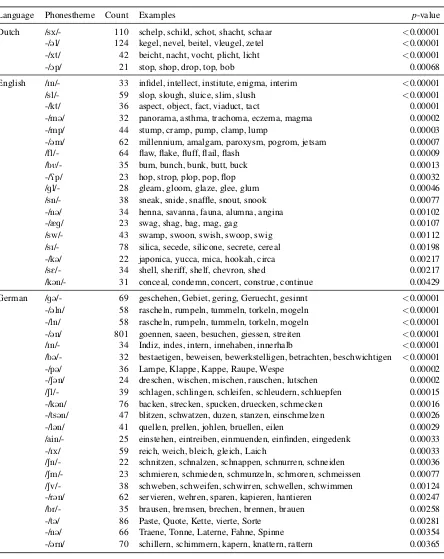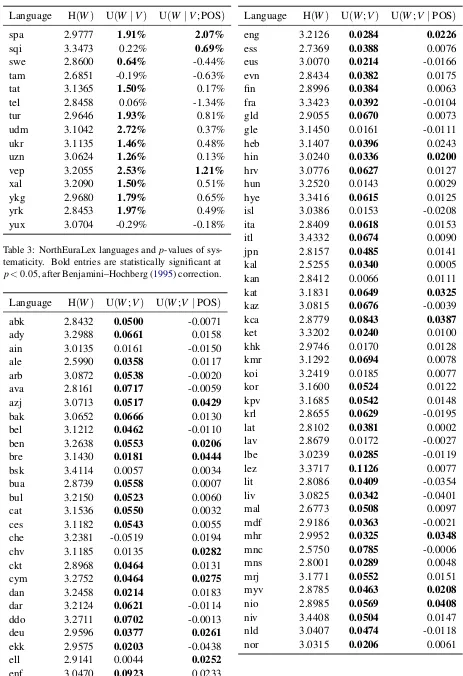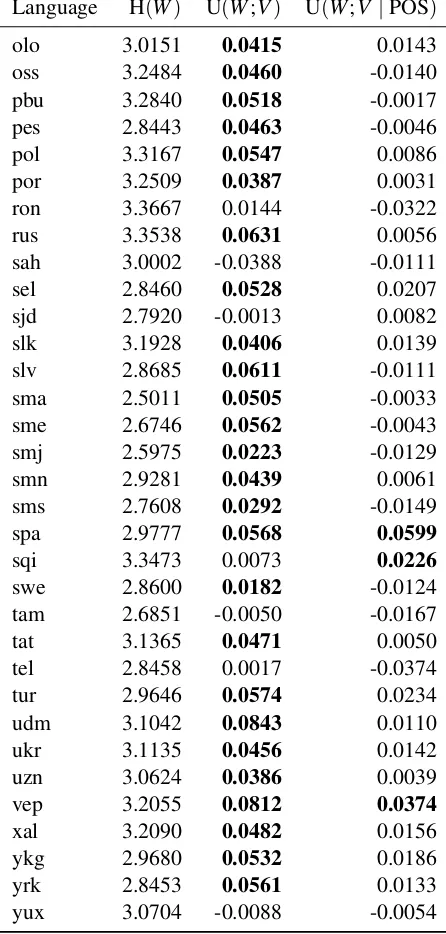Meaning to Form: Measuring Systematicity as Information
Full text
Figure




Related documents
The only difference is that, training mechanism uses a certain number of samples for modeling a particular character or word that is used for estimating model
Build English language learners’ vocabulary by naming materials, modeling “action” language to go with types of activities initiated by the children.. Tear paper and make
The only difference is that, training mechanism uses a certain number of samples for modeling a particular character or word that is used for estimating model
Since Polish is a highly inflected language, some well developed methodologies (e.g. those developed for teaching English) cannot be indiscriminately adopted by
We presented extensions to the language tutor- ing system FeedBook currently in use in English 7th grade classrooms. The extensions are i) a task-based optimization of the
In contrast to developing a type theory with expressive types including both depen- dent type and linear types and then designing upon it a modeling language, I choose to
The research work deals with issues such as hand-printed character and cursive handwritten word recognition on English character for Text based Retrieval system, and observing
Beginning in 2015, English language arts and mathematics assessments for students in grades 3-8 and high school will be assessed using a series of "state of the art"
